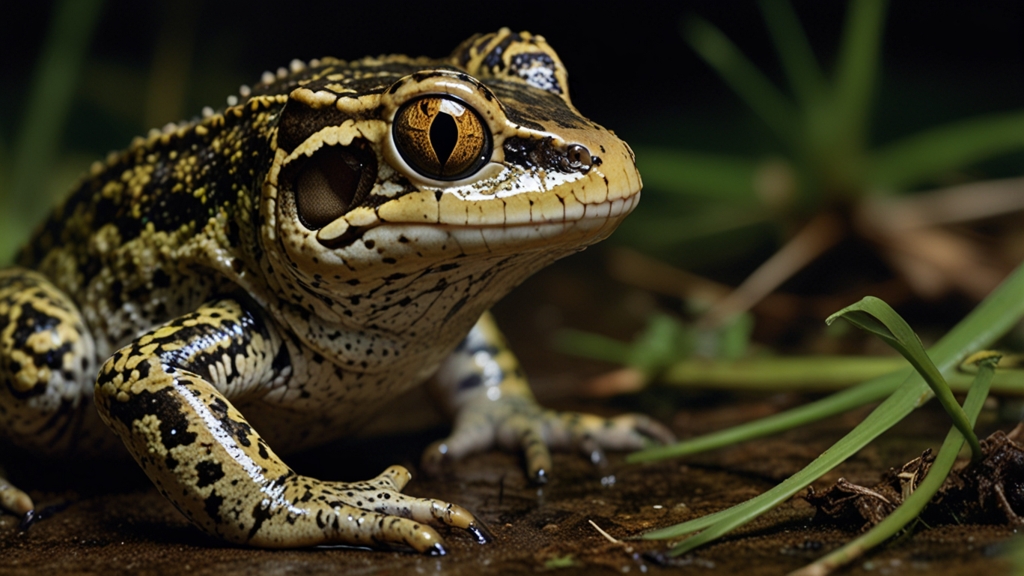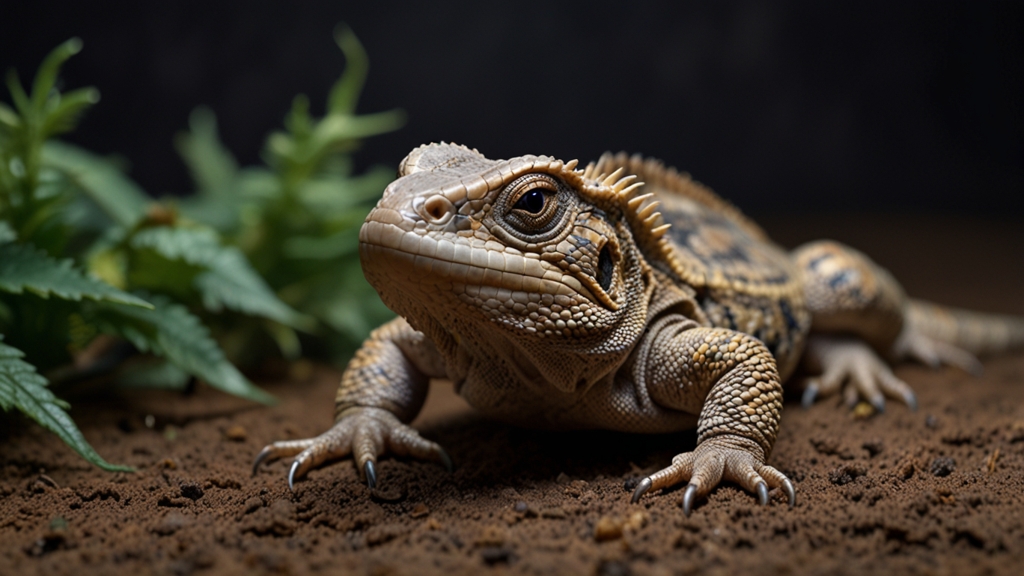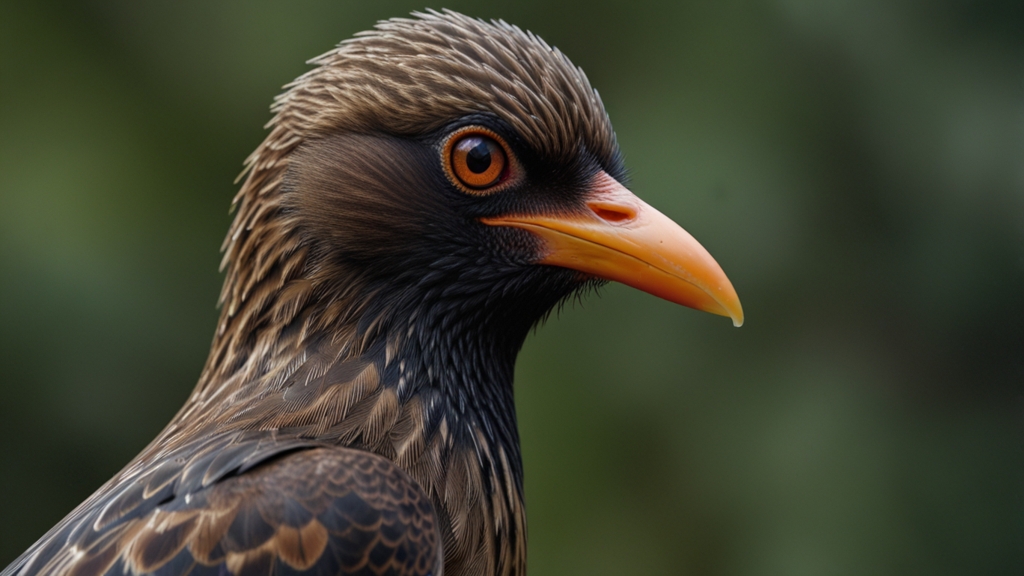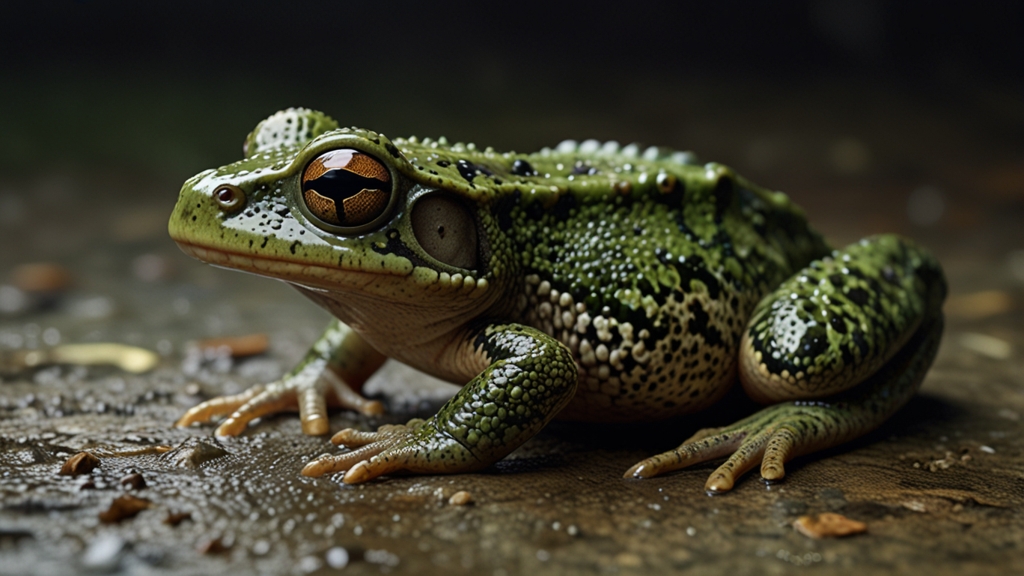Introduction
The world of amphibians is a realm filled with astonishing transformations and captivating life cycles. Among these fascinating creatures, the Tiger Salamander stands out with its dramatic journey from a tiny tadpole to a formidable predator. In this article, we will delve into the remarkable life cycle of amphibians, using the Tiger Salamander as a prime example.
The Egg Stage: The Beginning of Life
All amphibian life cycles begin with the egg. Female Tiger Salamanders lay their eggs in water, often in vernal pools or slow-moving streams. These eggs are gelatinous and lack a hard shell, which makes them vulnerable to desiccation and predation. However, this soft casing allows for rapid development within the egg, which is crucial for survival in variable environments.
The Tadpole Stage: Aquatic Beginnings
Upon hatching, the Tiger Salamander begins its life as a tadpole. This aquatic larval stage is characterized by gills, a tail, and a lack of legs. During this time, tadpoles feed on a diet of algae and small aquatic organisms, rapidly growing and undergoing significant morphological changes.
"The tadpole stage is a critical period where amphibians must quickly adapt to their aquatic environment while preparing for life on land." - Amphibian Specialist
As they grow, tadpoles develop legs and their gills are gradually replaced by lungs, allowing them to breathe air. This transformation is driven by a process known as metamorphosis, a hallmark of amphibian biology.
Metamorphosis: The Great Transformation
Metamorphosis is a miraculous process that involves the complete reorganization of the tadpole's body. For the Tiger Salamander, this includes the development of limbs, the resorption of the tail, and the formation of adult organs. The transition from an aquatic to a terrestrial lifestyle requires significant physiological changes, including the adaptation of the respiratory system from gills to lungs and the development of a more complex nervous system.
The Juvenile Stage: Entering Terrestrial Life
Once metamorphosis is complete, the Tiger Salamander enters the juvenile stage. At this point, it resembles a small adult but continues to grow and develop. Juvenile Tiger Salamanders are capable of both aquatic and terrestrial living, often found in moist environments that provide both water and ample cover from predators.
"The juvenile stage is a period of exploration and learning for amphibians, where they must master the skills needed for survival on land." - Herpetology Researcher
During this stage, the young salamanders feed on a diet of insects, small invertebrates, and occasionally, smaller amphibians. Their predatory skills and keen senses are honed as they prepare for adulthood.
Adulthood: The Final Transformation
As they reach adulthood, Tiger Salamanders become robust predators within their ecosystems. They are known for their distinctive coloring and patterning, which serves as both camouflage and a warning to potential predators. Adult Tiger Salamanders are primarily terrestrial, although they may return to water to breed, perpetuating the life cycle.
Incredibly adaptable, adult Tiger Salamanders can thrive in a variety of habitats, from forests to grasslands. Their diet expands to include a wide range of prey, demonstrating their role as apex predators in their ecological niche.
Conclusion
The life cycle of the Tiger Salamander, from tadpole to adult, is a testament to the adaptability and resilience of amphibians. Each stage of their life is marked by dramatic transformations that enable them to exploit different environments and ecological niches. Understanding these processes not only highlights the complexity of amphibian biology but also underscores the importance of conserving their habitats to ensure these remarkable creatures continue to thrive.
"Preserving amphibian populations is crucial for maintaining ecological balance and biodiversity." - Conservation Biologist
From the humble beginnings of a gelatinous egg to the majestic presence of an adult Tiger Salamander, the journey of amphibians is truly a marvel of nature.













